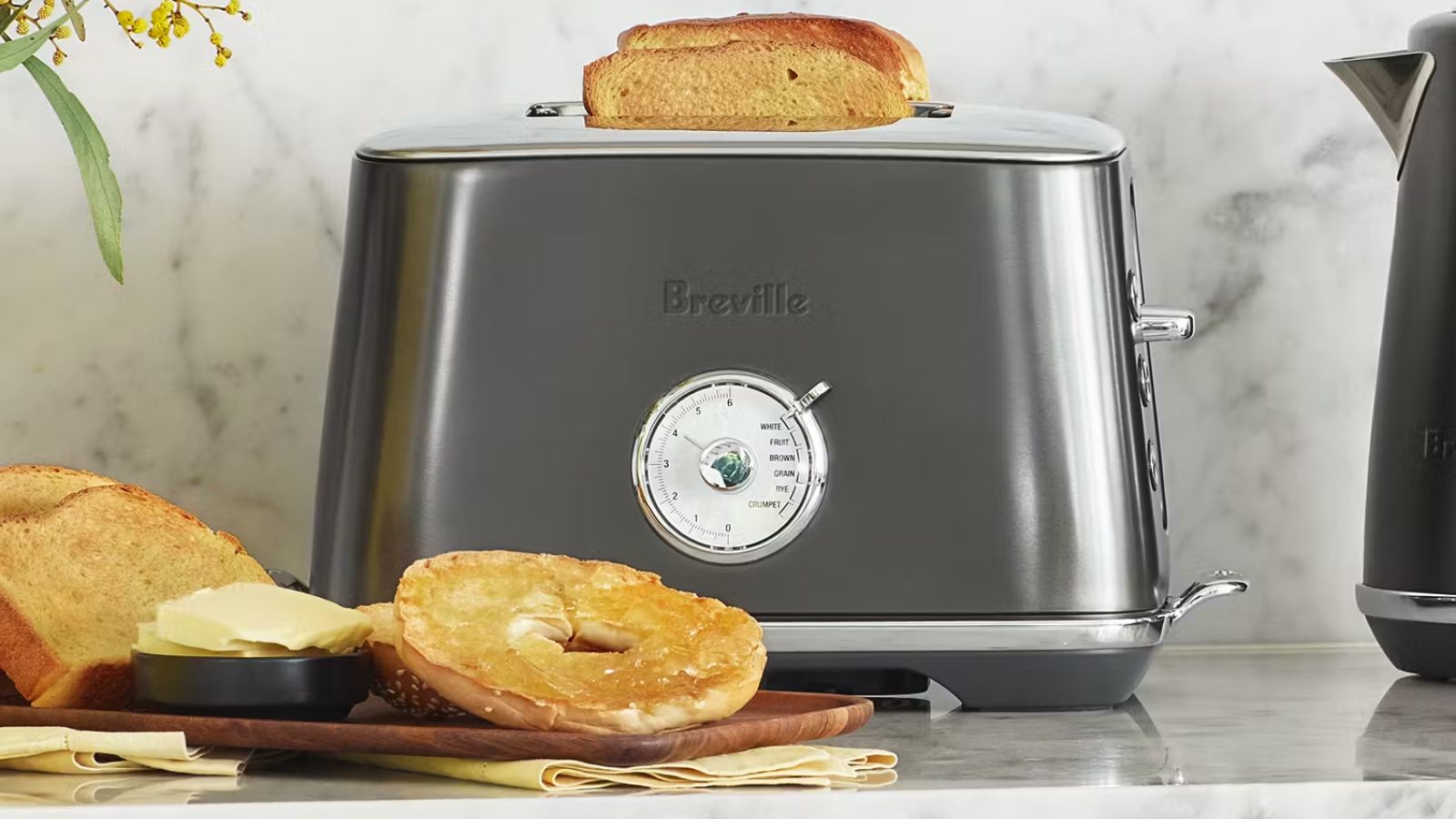
By now I know to expect the best from Breville, whether I’m testing a kettle, a coffee machine, or, in this case, their toaster.
If you’ve ever searched through Breville’s toasters, they have quite the collection. After putting it to the test for a couple weeks, I've found that this compact stainless steel model is one of my favorites. In fact, it might just be in the running for best toaster.
It comes with a range of precision settings for everything from fruit bread to bagels and pop tarts. I tested across all of the functions and here’s what you need to know.
Specifications

Unboxing
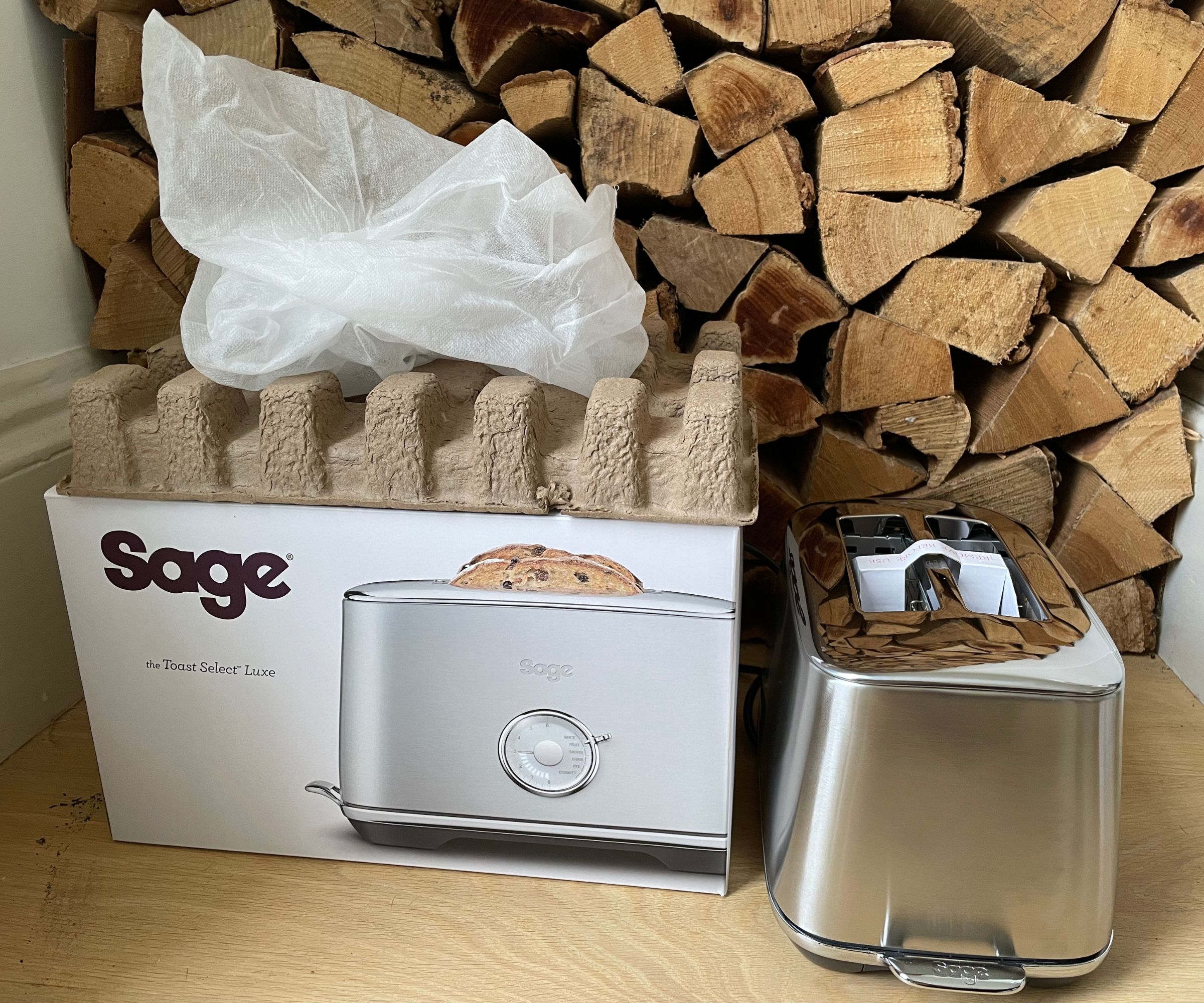
Breville has made a huge effort to reduce the amount of non-recyclables in their packaging. I was pleased to see the Breville Toast Select Luxe wrapped in a fabric bag, with only cardboard holding it in place. Everything was in some way recyclable and the brushed stainless steel finish still looked immaculate.
On the countertop, the Toast Select Luxe is shorter and a bit wider than most kettles. For that reason, it’s well suited to almost any kitchen, from an urban apartment, to a more open-plan, family-sized one. I’m not the biggest fan of pure stainless steel appliances, unless you have already established a metallic theme in your kitchen, but this took me by surprise. It's one of my favorite toasters aesthetically: it looks premium and is still low maintenance.
Who would it suit?
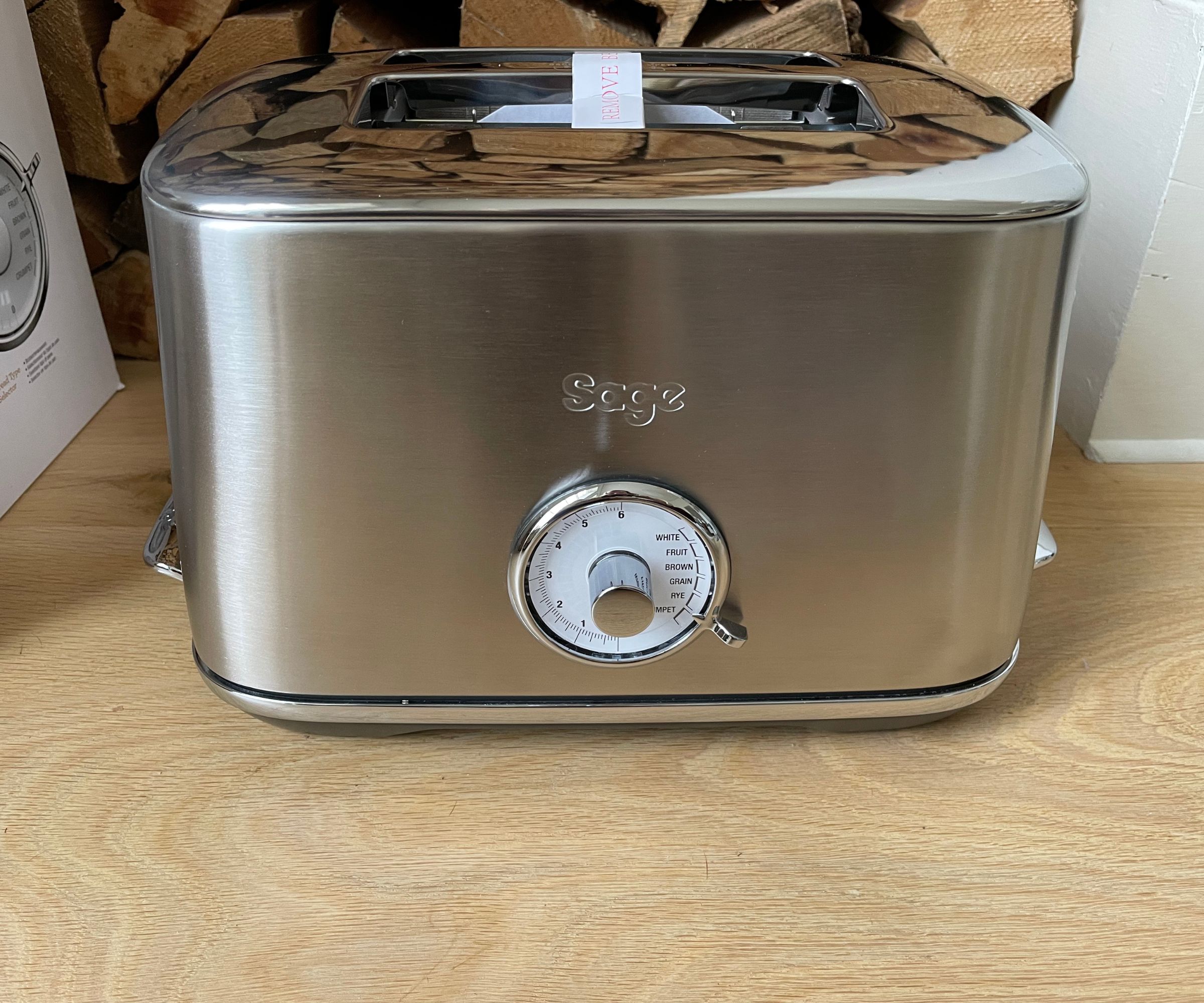
As I’ve mentioned, the dimensions of this model make it a good toaster for almost any kitchen. The stainless steel is a good fit, even for more colorful kitchens, because it doesn’t mark easily and doesn’t attract too much attention. However, if you want color options, this toaster is available in a range of colors from classic monochrome shades like white and black to classic navy and red.
The slots are relatively wide, so perfect for people who like chunky pieces of toast. If you’re often serving-up different breads, the range of settings will prove endlessly useful – they guarantee precision results.
What was it like to use?
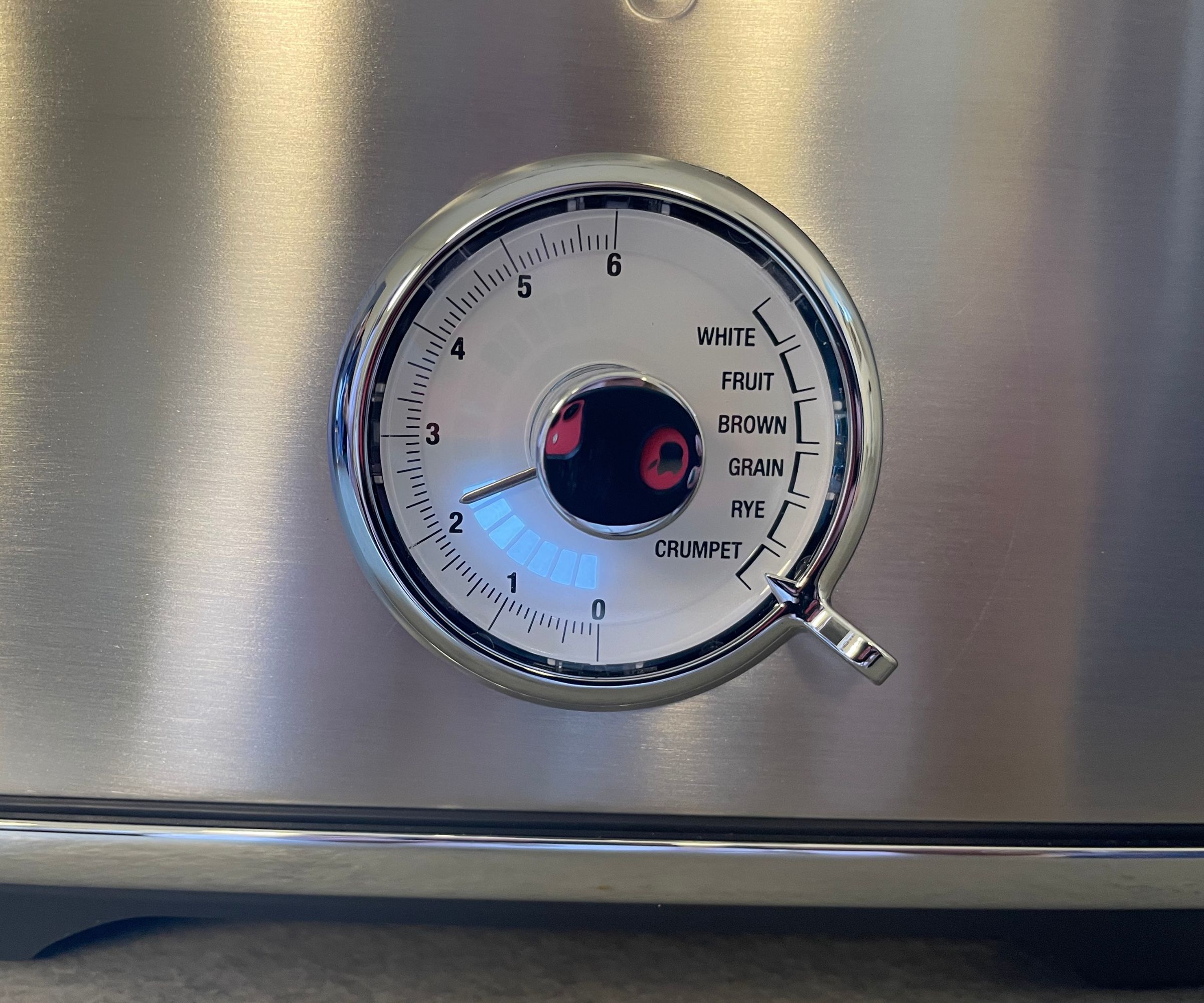
I love a few techy features on toasters and this more than delivers. The tactile dial lets you select a toast ‘type’ and you can set a timer too. There are LED lights which will give you a countdown to your toast being ready. It’s really useful if you’re always in a hurry in the morning.
The first time you use this, or indeed any, toaster, put the toast slot down empty. This lets the toaster ‘start up’. You might smell some chemical or plastic smells (I didn’t on this one, but have on other Breville models).
Test 1: White bread
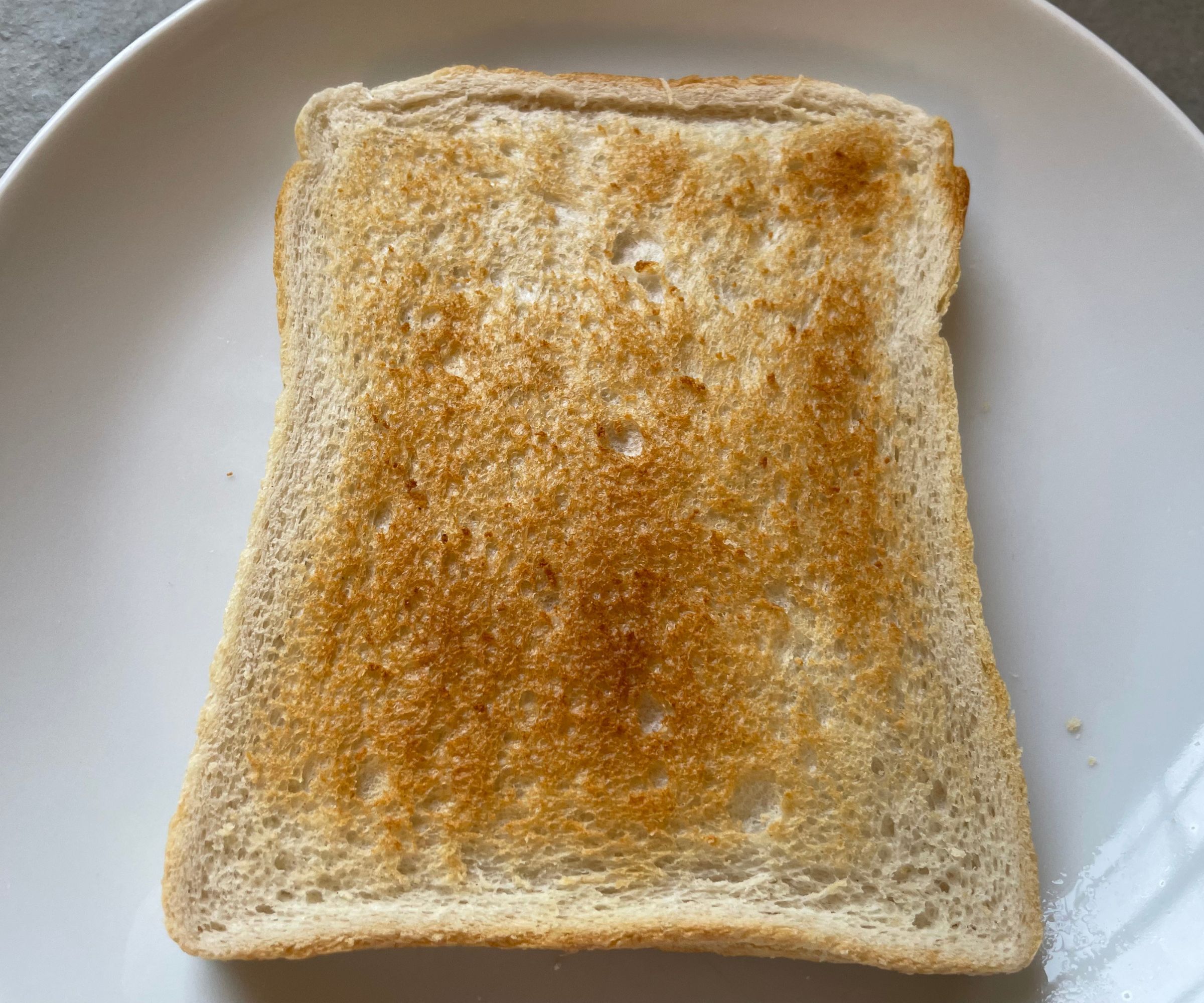
White toast is a classic. Every toaster should be able to perfect this and the Toast Select Luxe more than succeeded. I used a basic pre-sliced loaf, put a slice fresh into a slot, set the dial onto ‘white’ and let the toaster run for two minutes.
I timed it and the toaster took exactly two minutes before popping my toast out (with quite some vigour). It was evenly toasted with a nice crisp finish, but it wasn't especially hot. When I spread butter on it, it look longer to melt than I would expect. This was the first round of toasting, so when I returned at the end of the tests and tried white bread again, it was hot. I think the toaster was juts getting warmed up.
I also tried the frozen setting with white bread. This doesn't take any longer to produce perfectly toasted results. After two minutes, my slice looked golden brown. I used the 'a bit more' setting to test how well it worked and ended up with toast that was well-done and too hot to touch.
Test 2: Sourdough
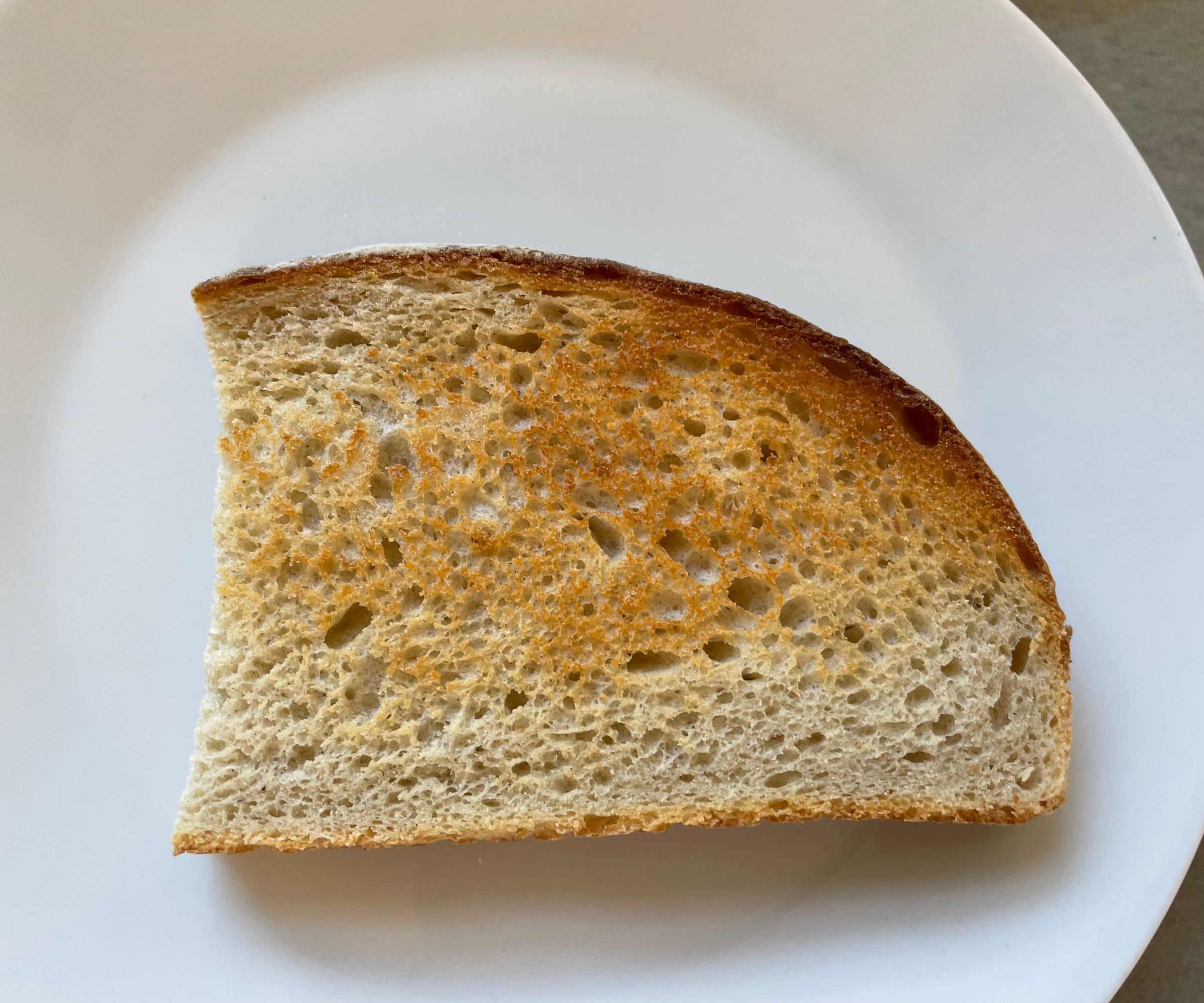
Whilst the toast slots are perfect for chunky pieces of bread, if you make large artisanal sourdough loaves, you’ll need to half each slice before popping it in the toaster. These slots are just too short. There aren't many toasters with long enough slots for really long pieces of toast (Smeg's four slice toaster is probably the most stylish option available), so I don't think this is a fault with Breville's design. It's worth knowing though.
This doesn’t have a specific ‘sourdough’ setting, so I used the grain' option. I had to toast this for a good five minutes before it was well browned. It’s tougher to get that toasted look on sourdough, so five minutes is quite reasonable.
The sourdough was evenly toasted on both sides, but it was really really hot. My butter melted off the knife before I could even spread it. This is great if you’re someone who can forget about toast, or if you’re making a whole toast rack for breakfast, but not good if you need to eat in a hurry.
Test 3: bagel
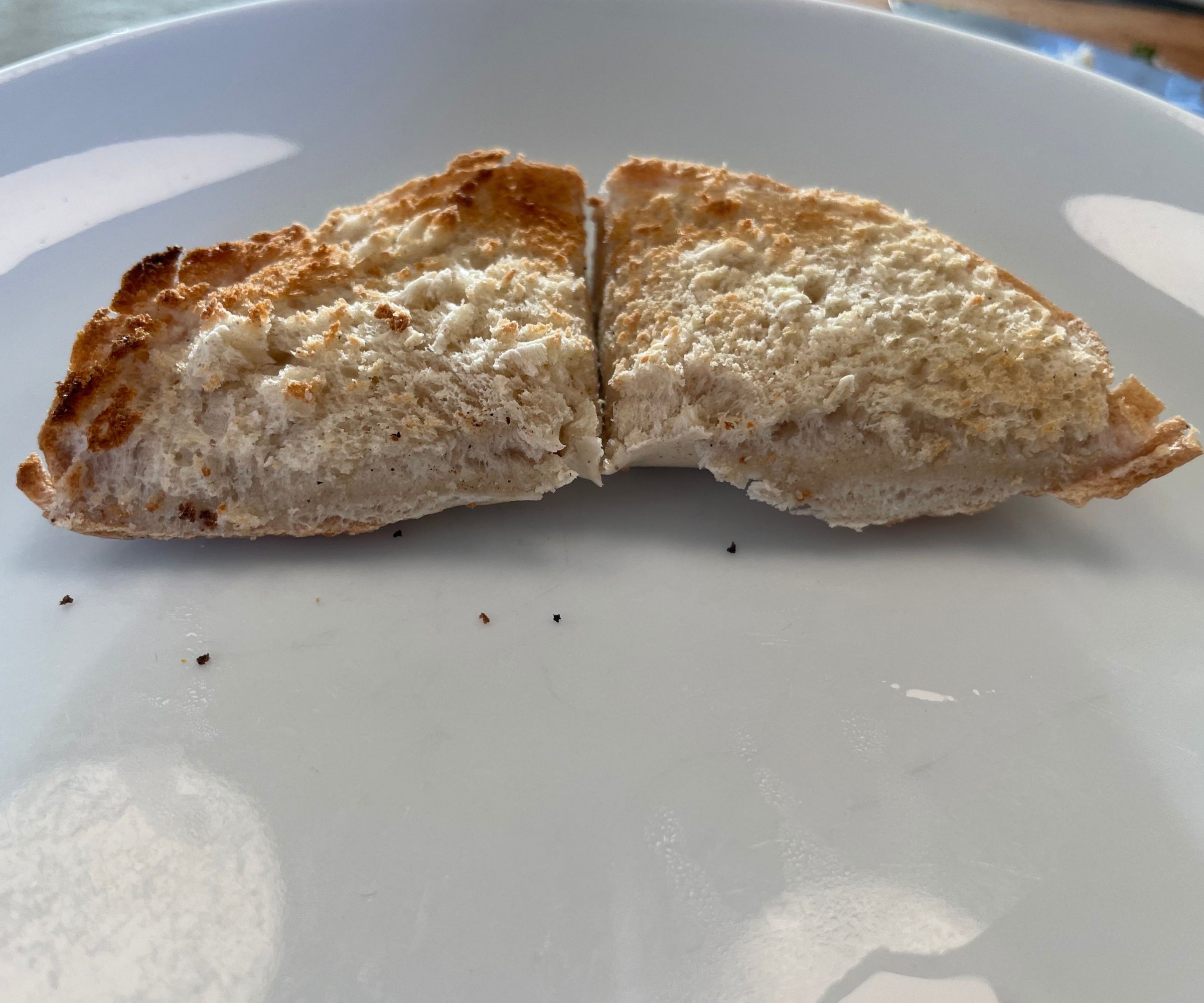
The top of the toaster will guide you as to which way you need to place your bagel or crumpet into the toaster. This is a good sign; it means you shouldn’t end up with a really leathery, toasted exterior, but you should have a crisp side for your spreads.
I gave my bagel three minutes to start off with. I used the ‘Quick Look' lift, which is really useful. This lets you effectively pop up the toast (you can get almost the full slice out of the toaster) without resetting the timer. I could see that this was going to need another thirty seconds, so I pressed the ‘a bit more’ function, which times 30 seconds.
When the time was up, my bagel vigorously, popped out, almost bouncing out the toaster. The spreading side was warm and hot and the steamed outside was still nice and soft, not too chewy. Inside, the bagel was almost doughy. It's the perfect way to toast a bagel.
Test 4: Gluten-free bread
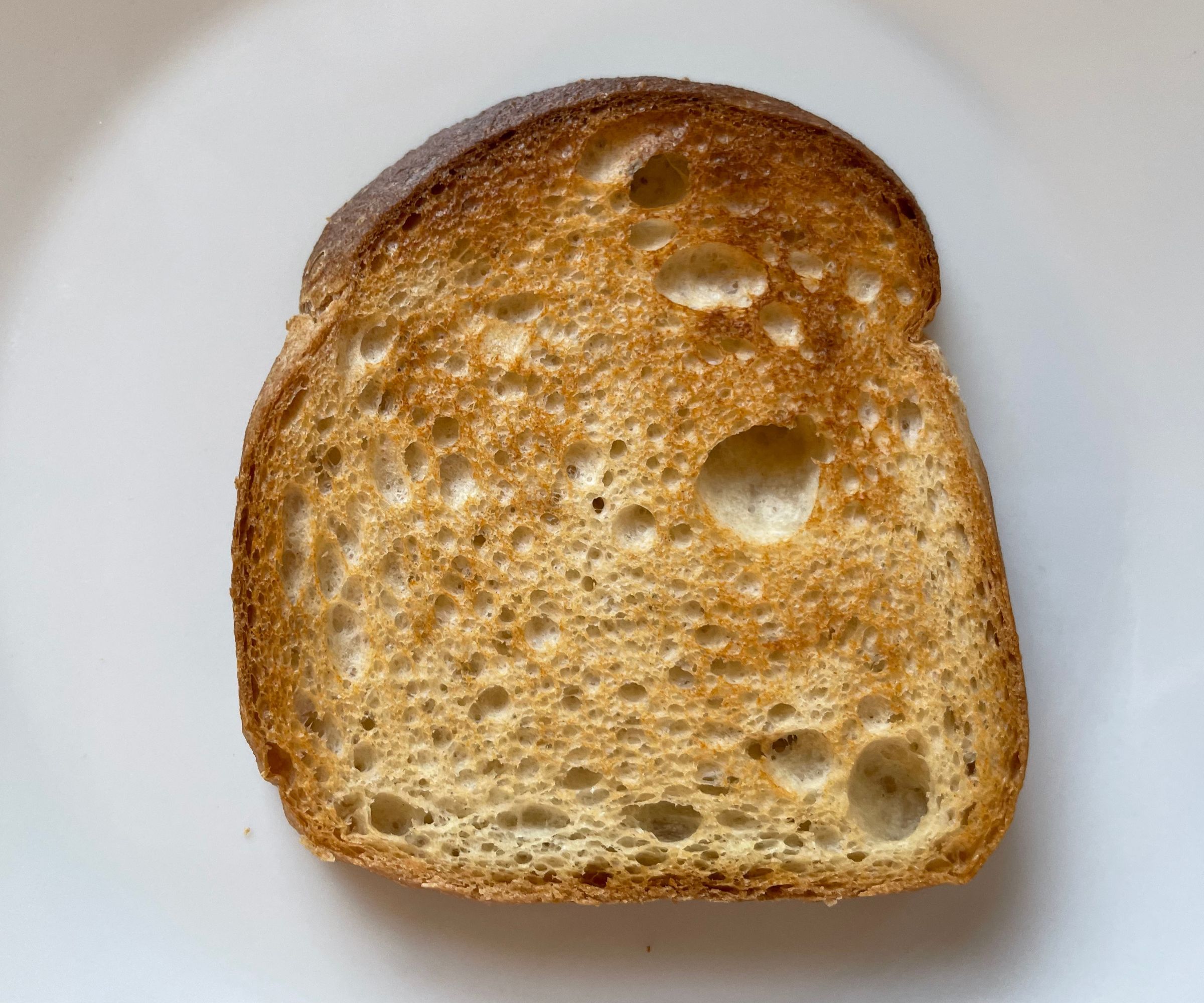
Gluten free bread is notoriously tricky to toast. I gave it three minutes on the white bread setting and my small, gluten free slice absolutely flew out. It was perfectly toasted, nicely browned but not burning hot. The finish was nice and crisp.
The gluten free loaf I used has quite small slices so I was a little apprehensive about lifting it out. In actual fact, this came out easily. The lift of this toaster is high, so I doubt you’ll ever have to use wooden instruments to poke around, reaching small pieces of broken toast.
Test 5: Fruit bread
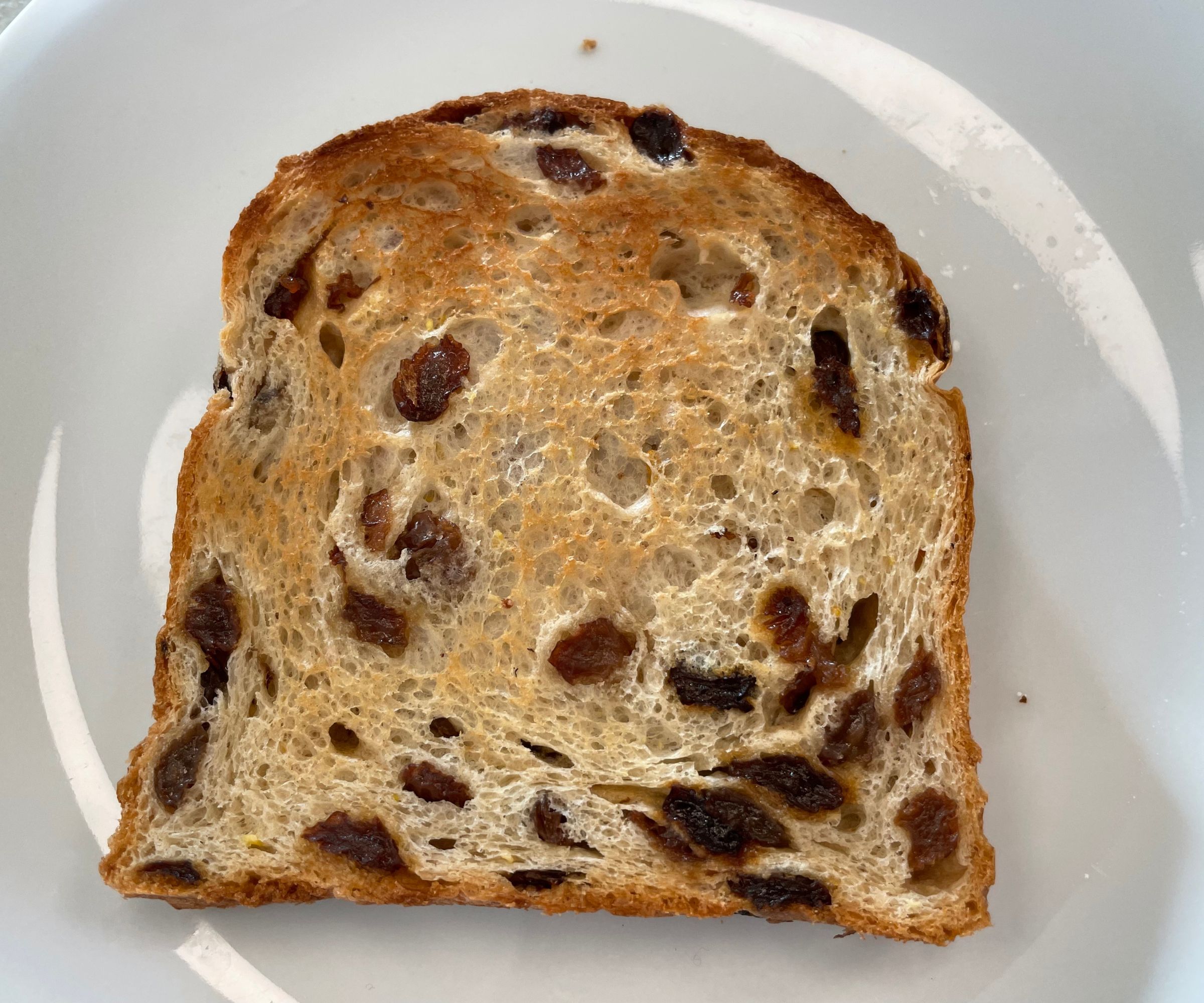
This is another tricky test for toasters. I’ve set off more fire alarms than I’d like to admit to with blackened, smoking raisins from toast.
I gave my slice one minute on the dedicated fruit loaf setting and it was perfectly browned. The toast was golden and warmed right through, but none of my raisins had burnt. A scraping of butter melted almost instantly into the slice. It was completely faultless.
Test 6: pop tart
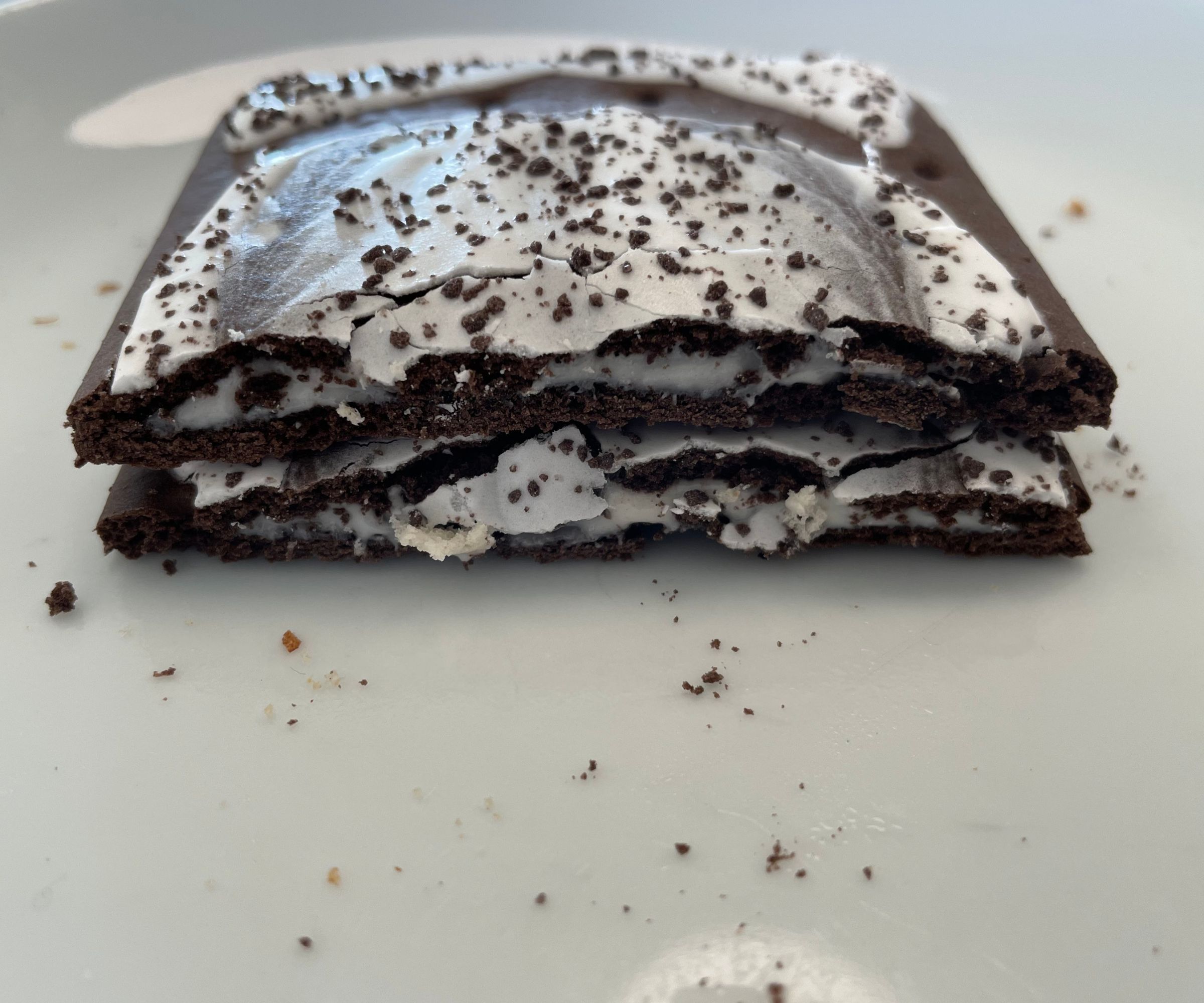
The all-important pop tart test shouldn’t be too tricky for a good toaster. I was using a cookies and cream flavor and placed the pop tart in, turning it to the fruit bread setting, because I wanted a low heat. Within three minutes my pop tart was ready to eat. All of the icing on the outside was still in perfect condition and when I broke it in half, I could see the steamy, gooey filling oozing out. The main part of the pop tart was nicely warm, not dried out or burnt, so this was a real success.
Cleaning, storage, and maintenance
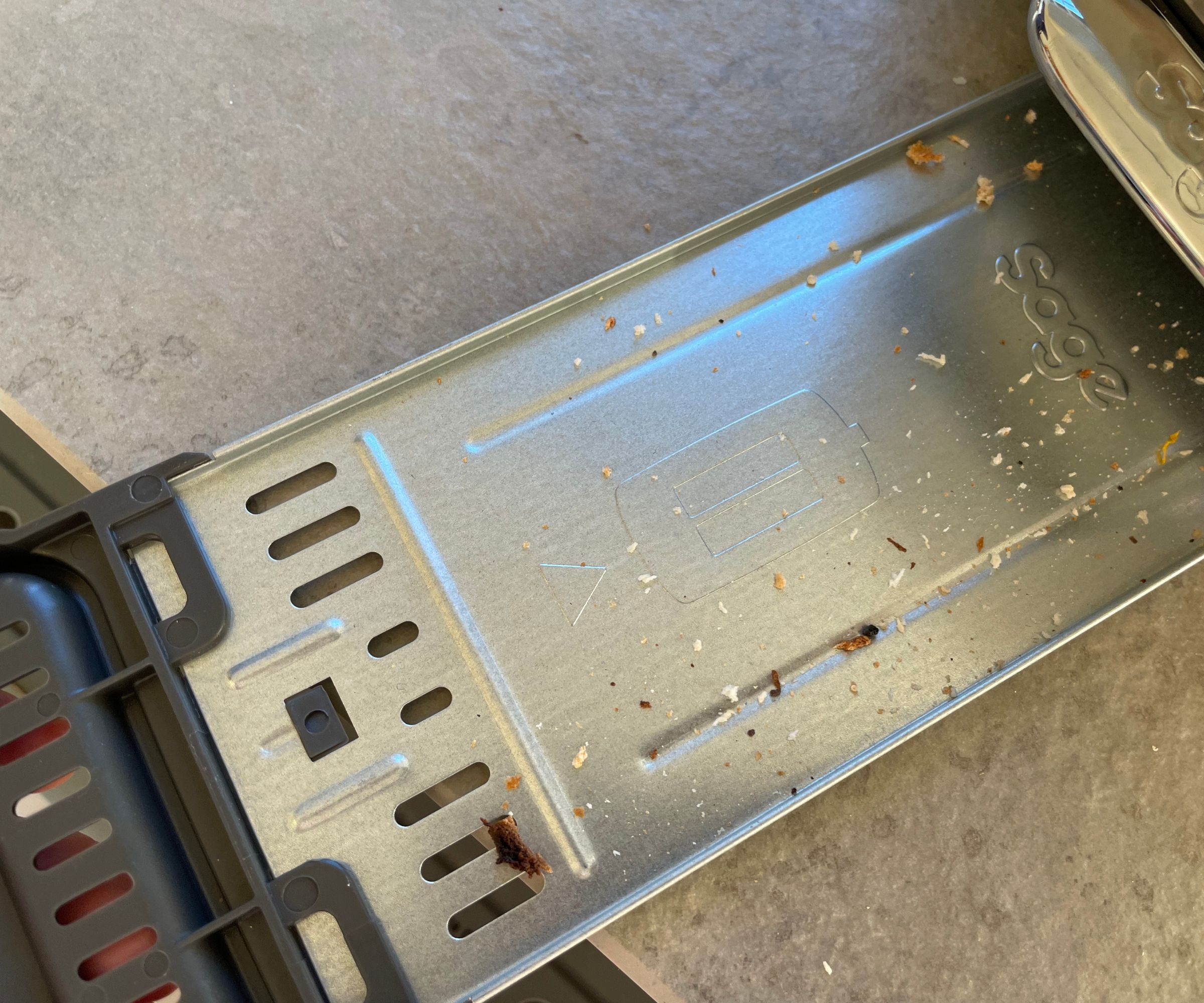
One of the reasons I love Breville appliances so much is because they’re incredibly low maintenance. The brushed stainless steel finish requires next-to-no upkeep and didn’t mark throughout the testing, even with butter and spreads nearby.
There’s a wide crumb tray which easily pops out from underneath, making this easy to empty out.
As for storage, I would keep this out on the countertop. It’s an understated, little, luxurious toaster. Some stainless steel appliances can look all too functional, but this is sleek. The dial is eye catching and bound to impress any visitors too.
How does it rate online?
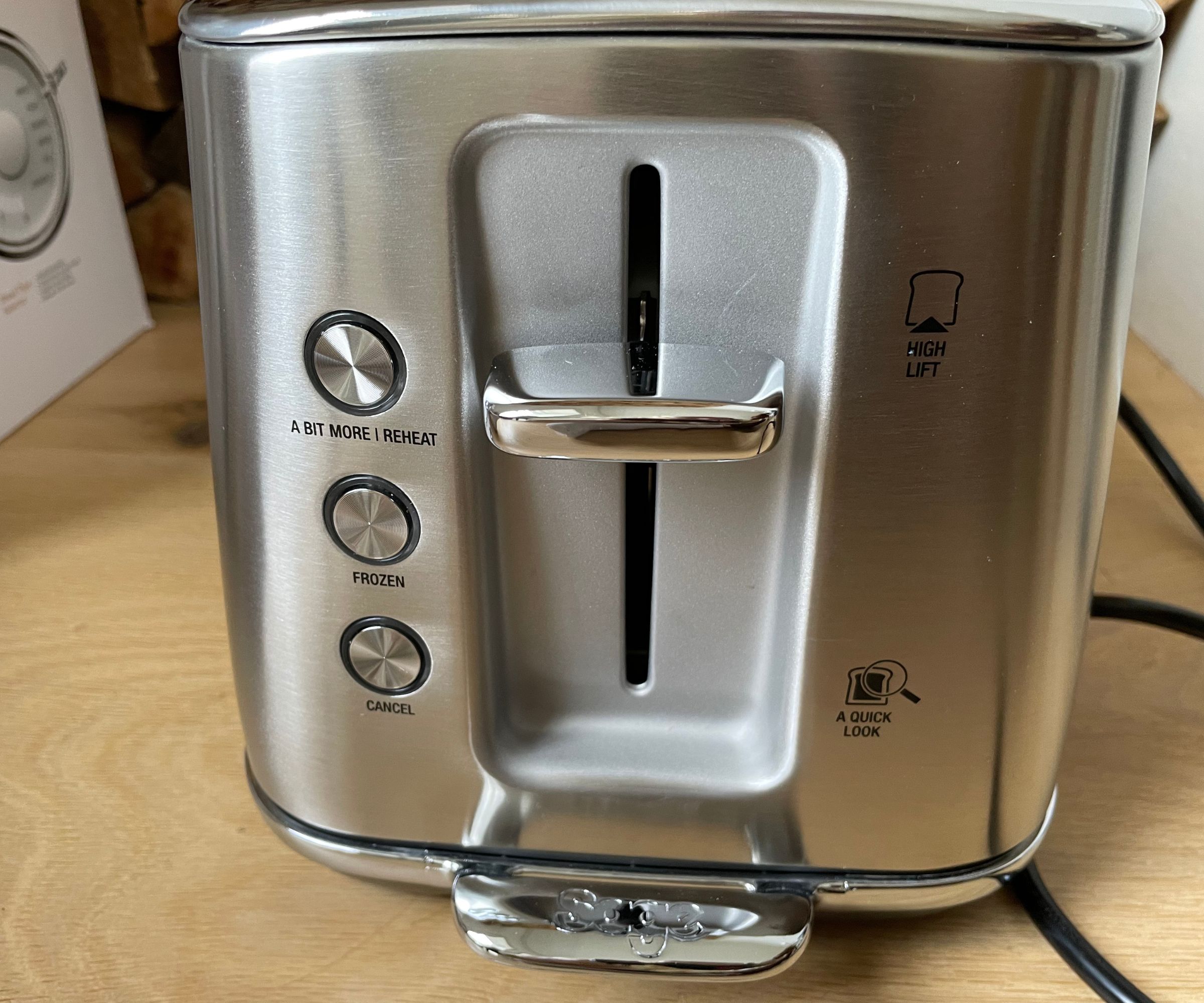
The reviews for this toaster are impressive. People love it and that’s almost all you need to know. The countdown timer is mentioned in nearly every review, as is the speed and range of settings. If you need a reliable, popular option, the reviews will send you straight to the Breville. Even though this is expensive, nobody criticised this for value for money, a telling sign that there are lots of satisfied customers.
The few criticisms I could find centered around capacity. Whilst the slots are wide, some people struggled to fit long pieces of bread in the toaster. They also wished this came as a four slice option, because two slices is just too small for some homes.
How does it compare?
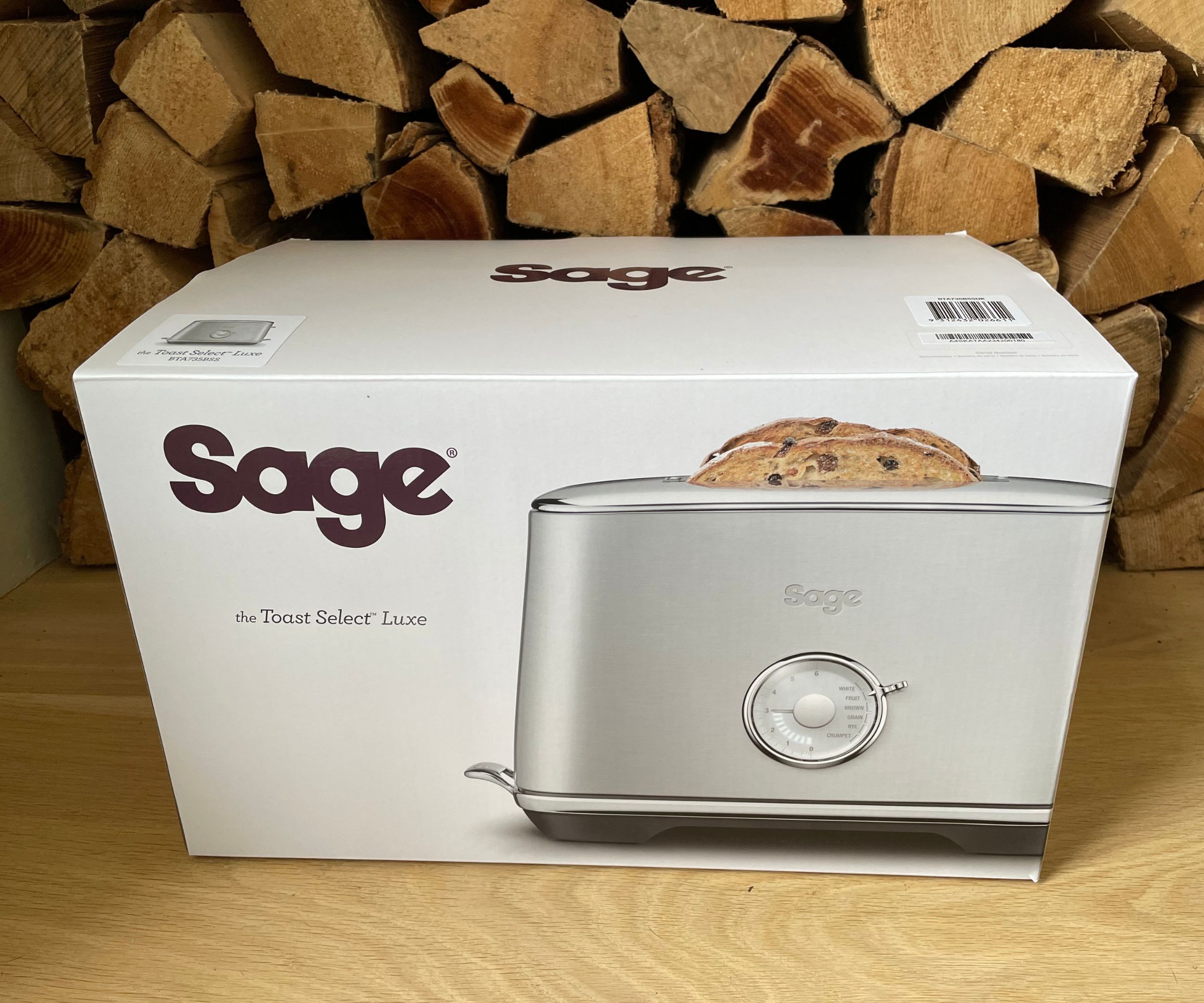
Given that one of the few criticisms was capacity, it’s only fair to compare this to Breville’s Die-Cast 4-Slice Toaster. This doesn’t have the same dial interface or the same range of settings, which, ironically makes the bigger toaster seem like a cheaper option. The Breville 4 Slice still looks good and would be the better option for bigger homes, but it’s technically less consistent and less versatile.
If you’re looking at other two slice options, KitchenAid makes a Two Slice Manual Lift, model which is $100 cheaper. The KitchenAid, again, doesn’t have the same specific range of functions, but it has strength settings and will do a decent job of toast. It’s really consistent and, whilst the aesthetics are a little functional, it’s not a bad budget alternative.
Should you buy it?
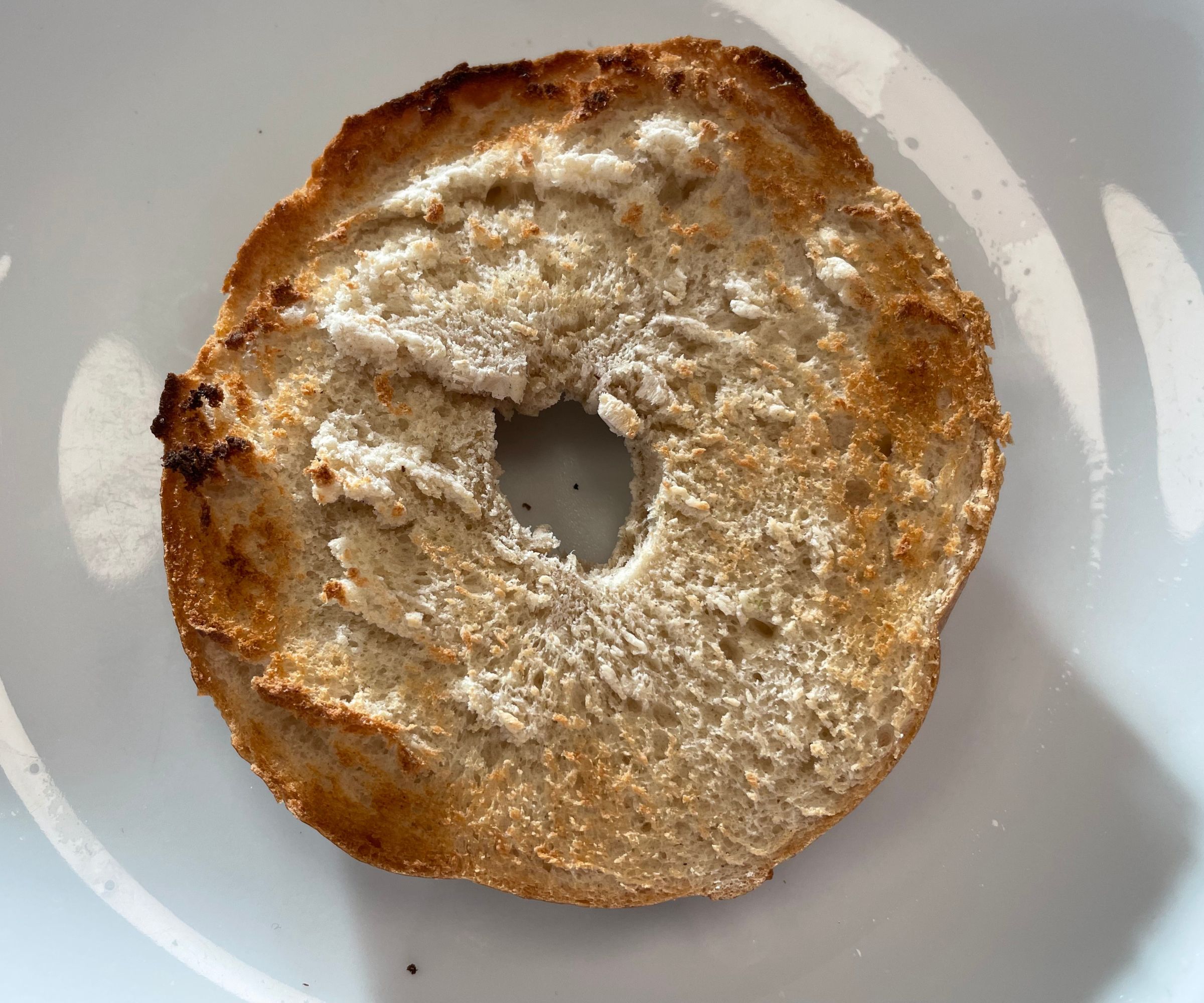
This is one of my favorite toasters of all time. It feels like luxury without being excessive or overly indulgent. The mechanisms don’t feel like they’ll break or be difficult to fix (unlike some flashy toasters), so I’m pretty sold on the Breville as one of the best toasters of all time.
For more information on our reviews, you'll find more detail in how we test.







